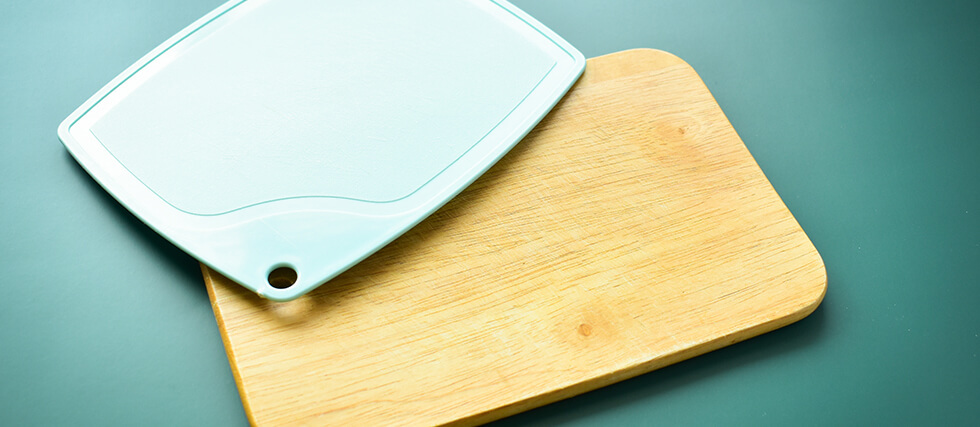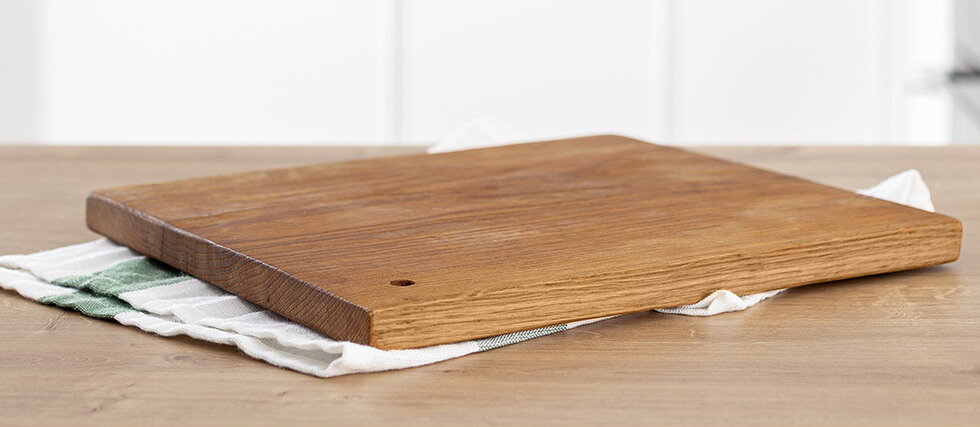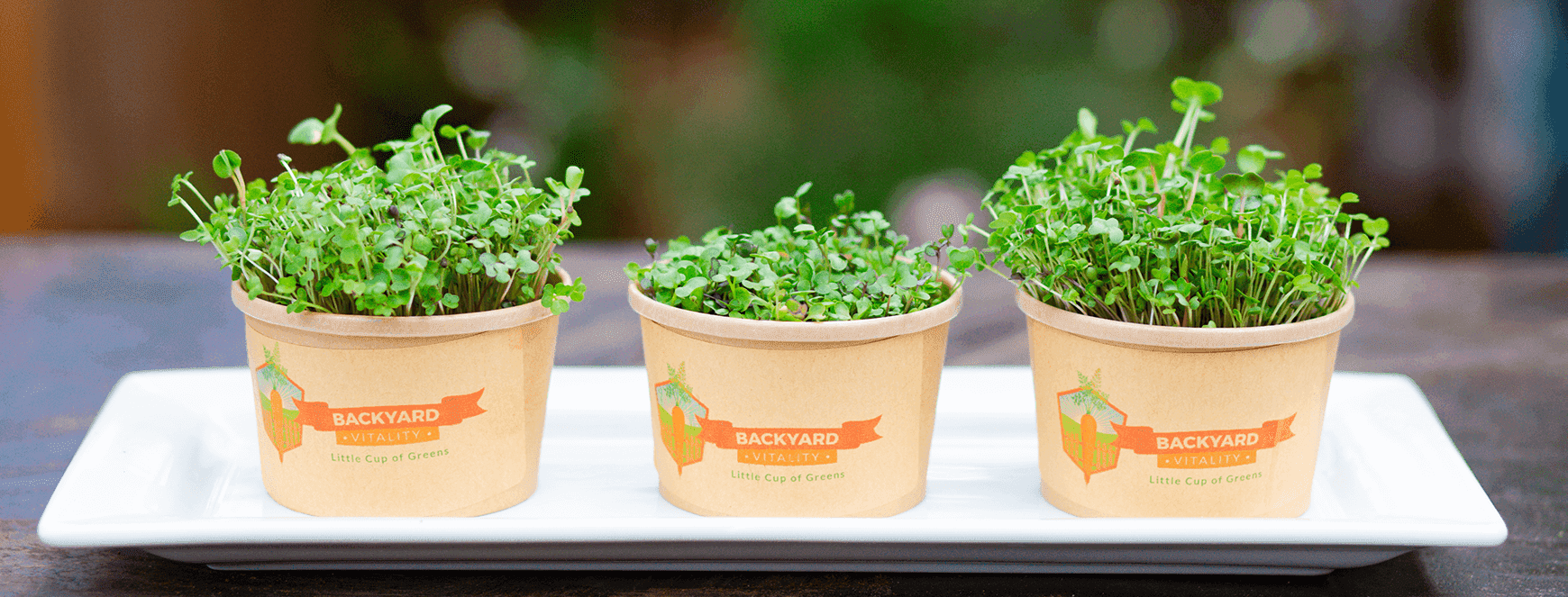Wood vs Plastic Cutting Board: The Winner May Surprise You
Choosing between wood and plastic cutting boards involves weighing several factors, including cleanliness, durability, and ease of maintenance. While plastic cutting boards may seem convenient since they’re dishwasher-safe, studies show they can develop deep knife grooves that harbor bacteria.
In contrast, wood cutting boards are naturally antimicrobial, providing a hygienic advantage by inhibiting bacterial growth even when knife marks appear.
Wooden boards do require specific care to maintain their structural integrity and longevity. They should never be placed in a dishwasher due to potential damage from heat, water, and detergent, which can cause warping, cracking, or splitting.
To properly clean and care for your wood cutting board, follow these steps:
- Scrape off residue: After each use, immediately remove food particles.
- Hand wash thoroughly: Use mild soap and warm water to wash the surface.
- Air-dry completely: Allow the board to dry naturally to prevent moisture damage.
- Regularly condition: Periodically apply plant-based wood wax or mineral oil to nourish and protect the wood. Avoid food-based oils like vegetable or olive oil, which can spoil.
Correctly cleaning and maintaining wood cutting boards ensures you will enjoy them for many years to come.






